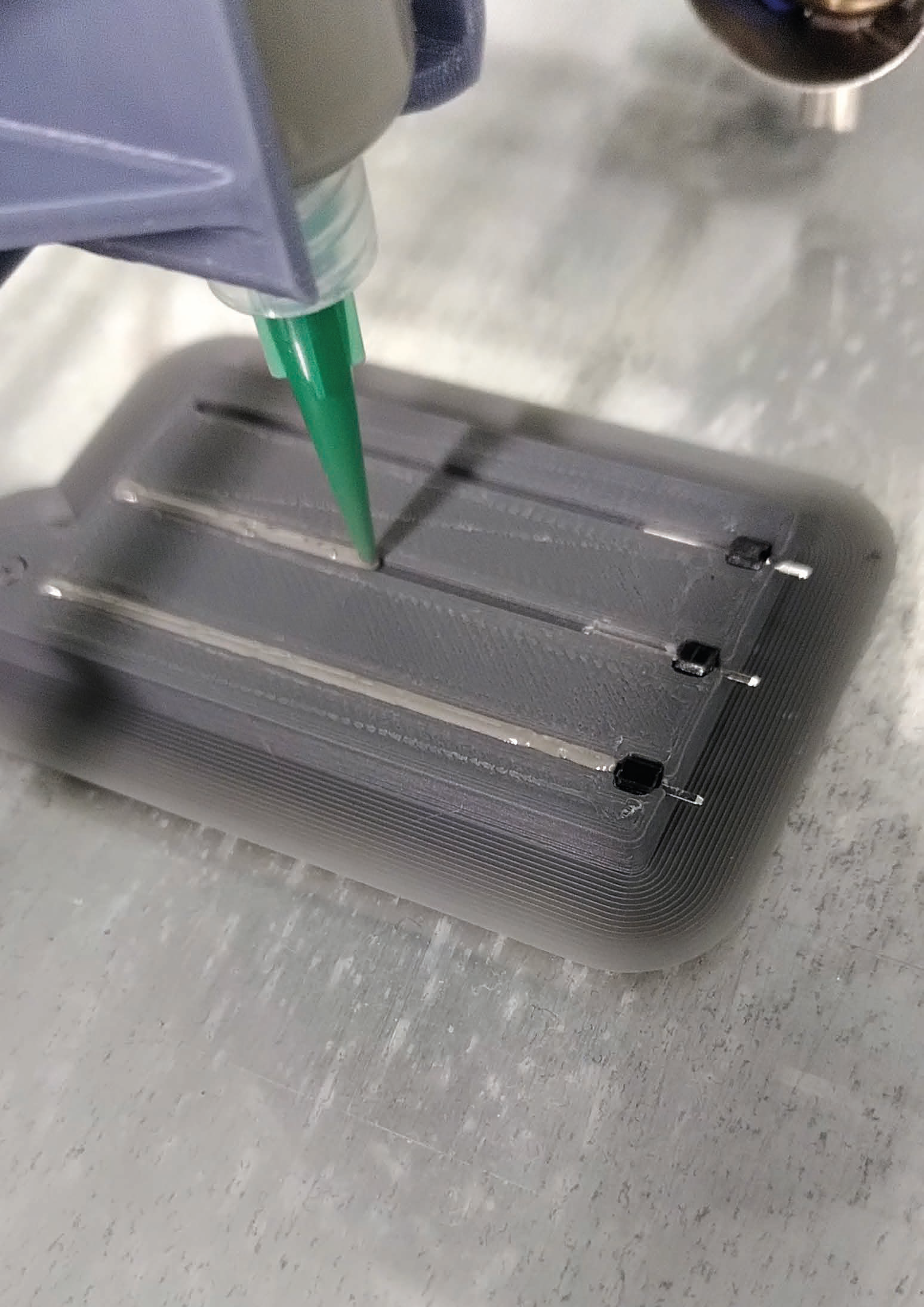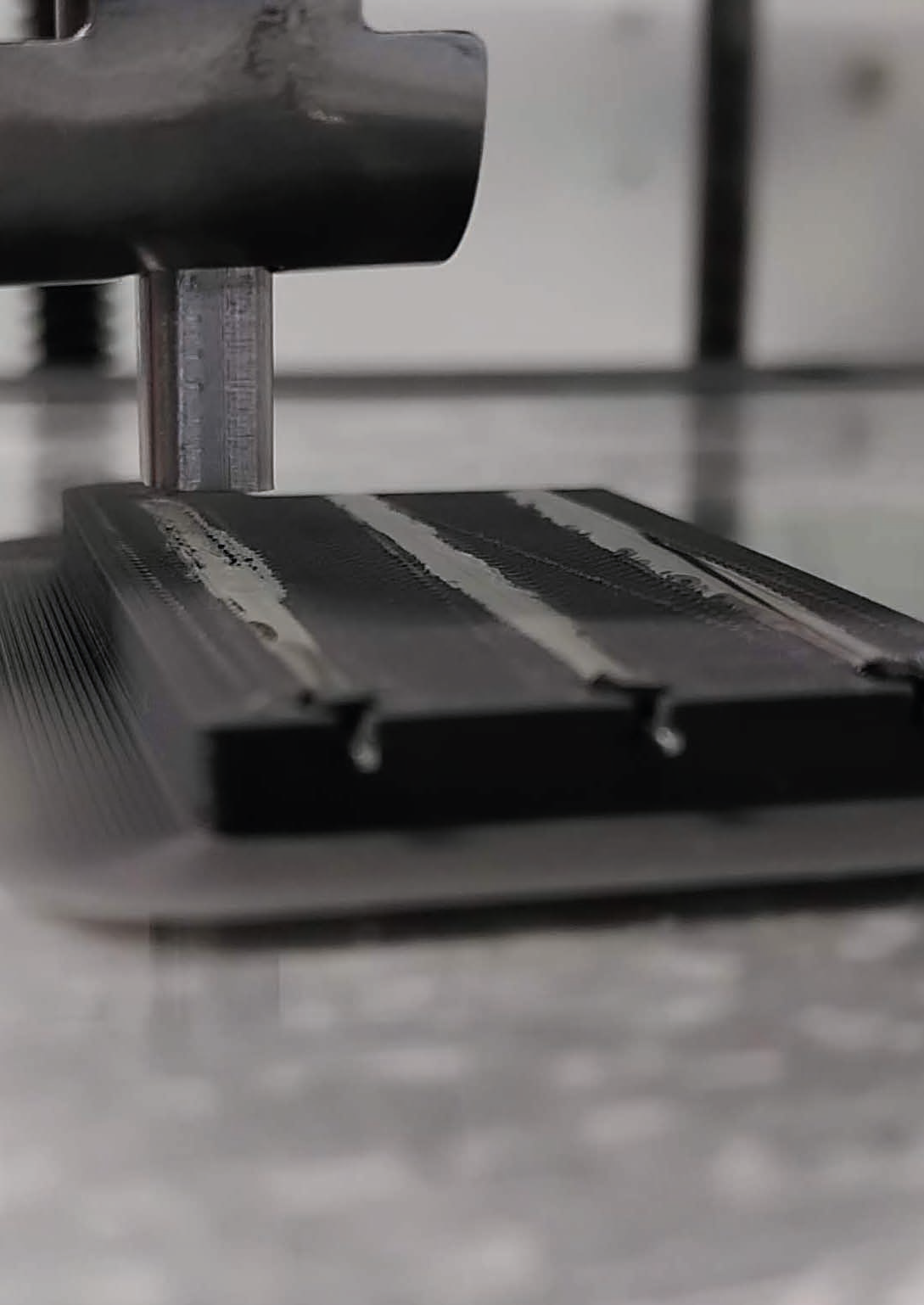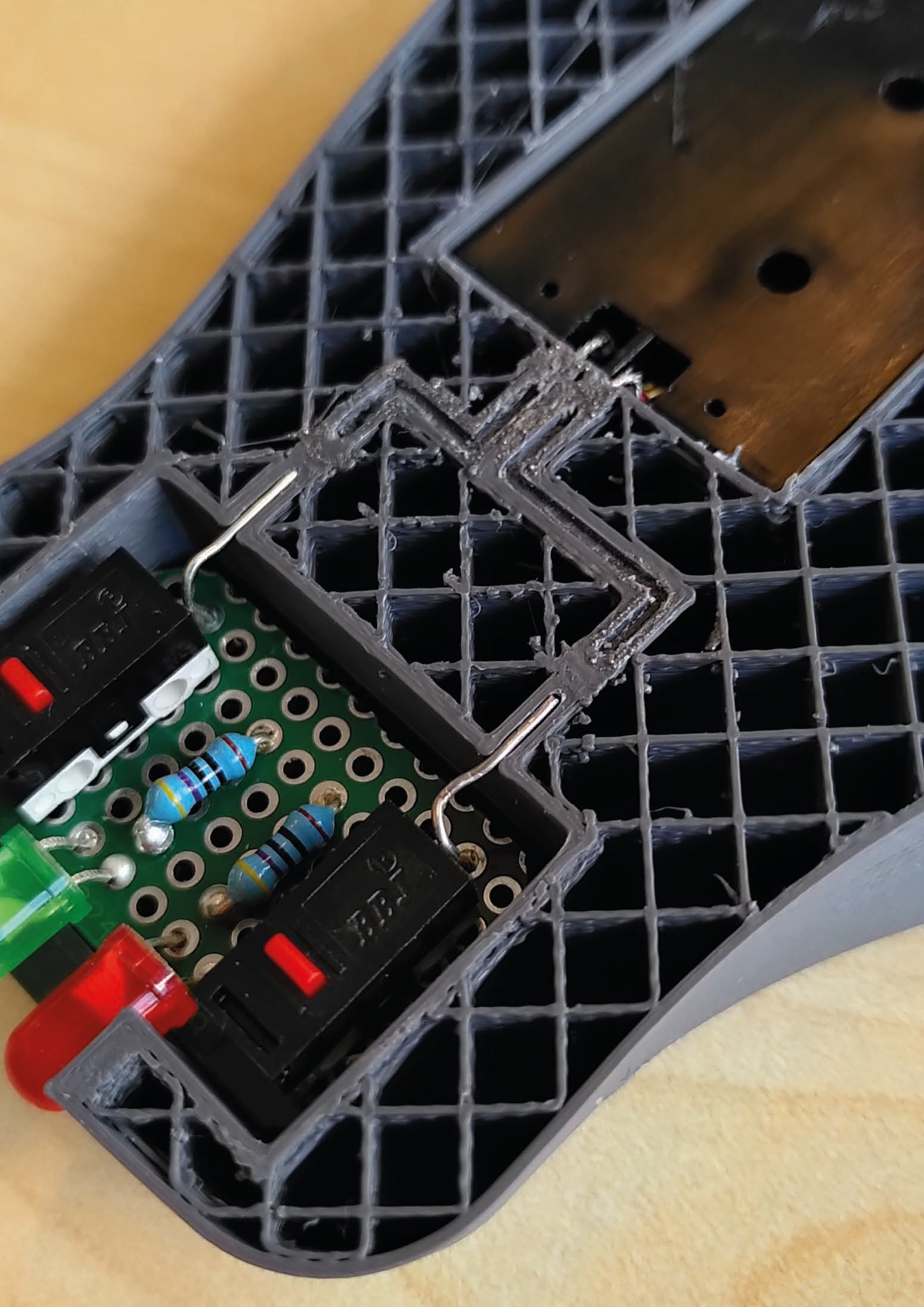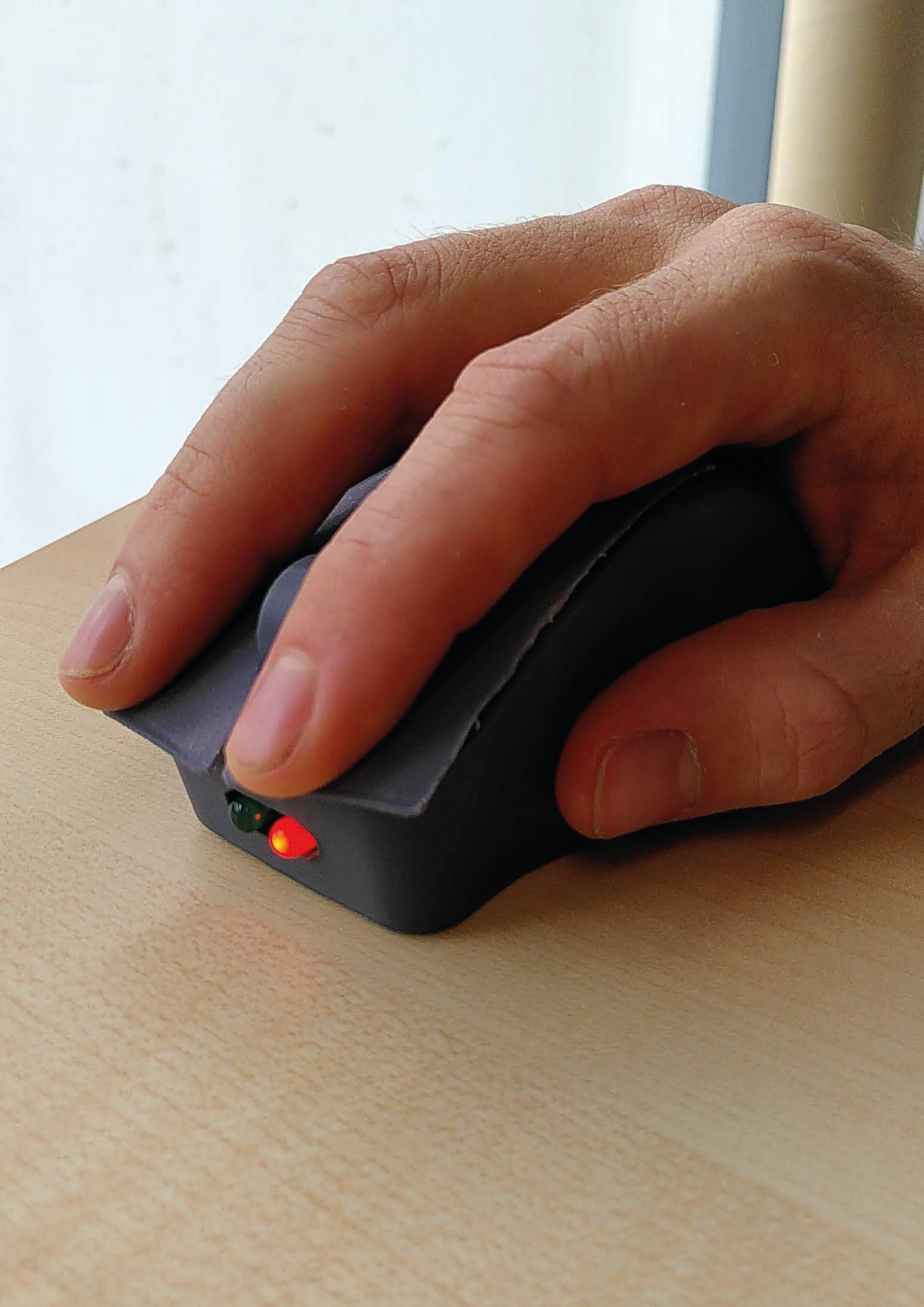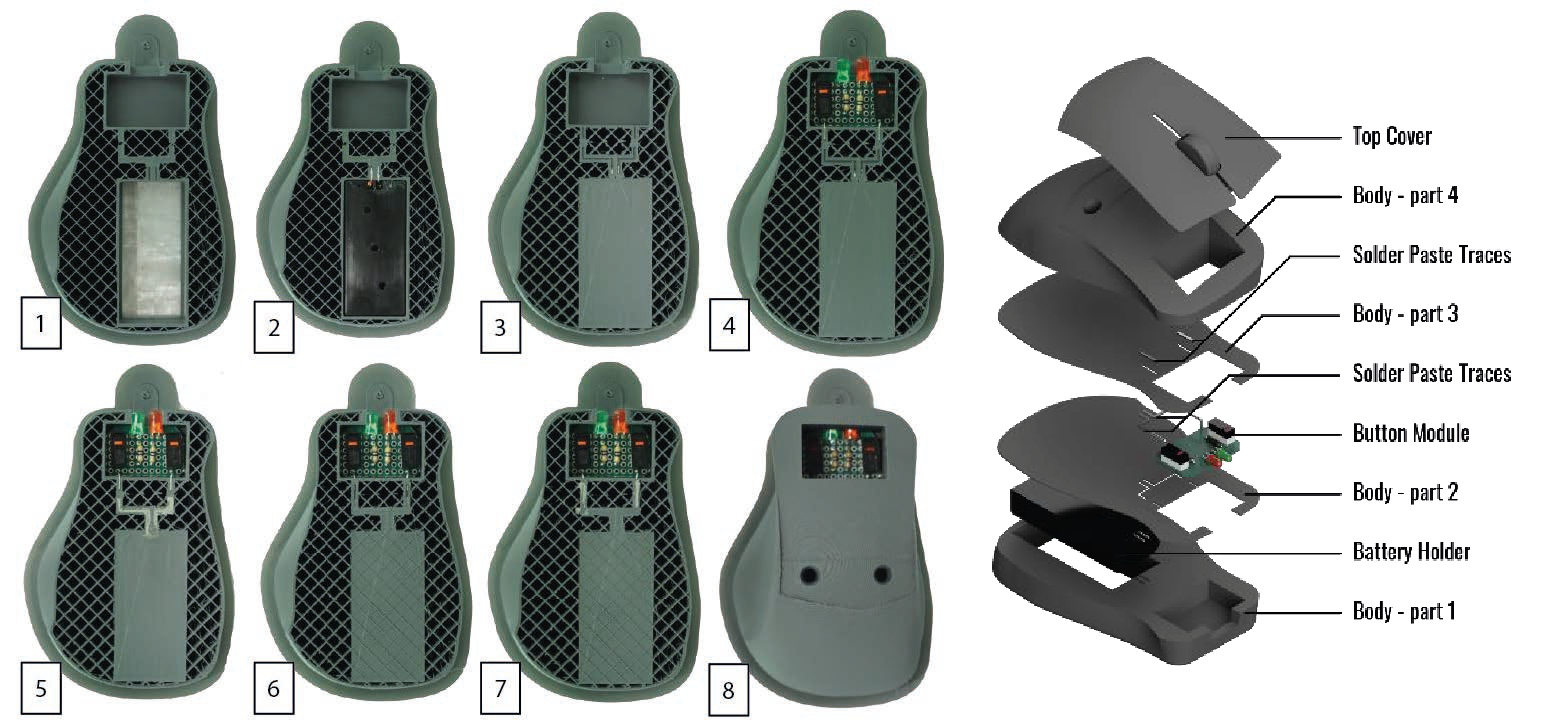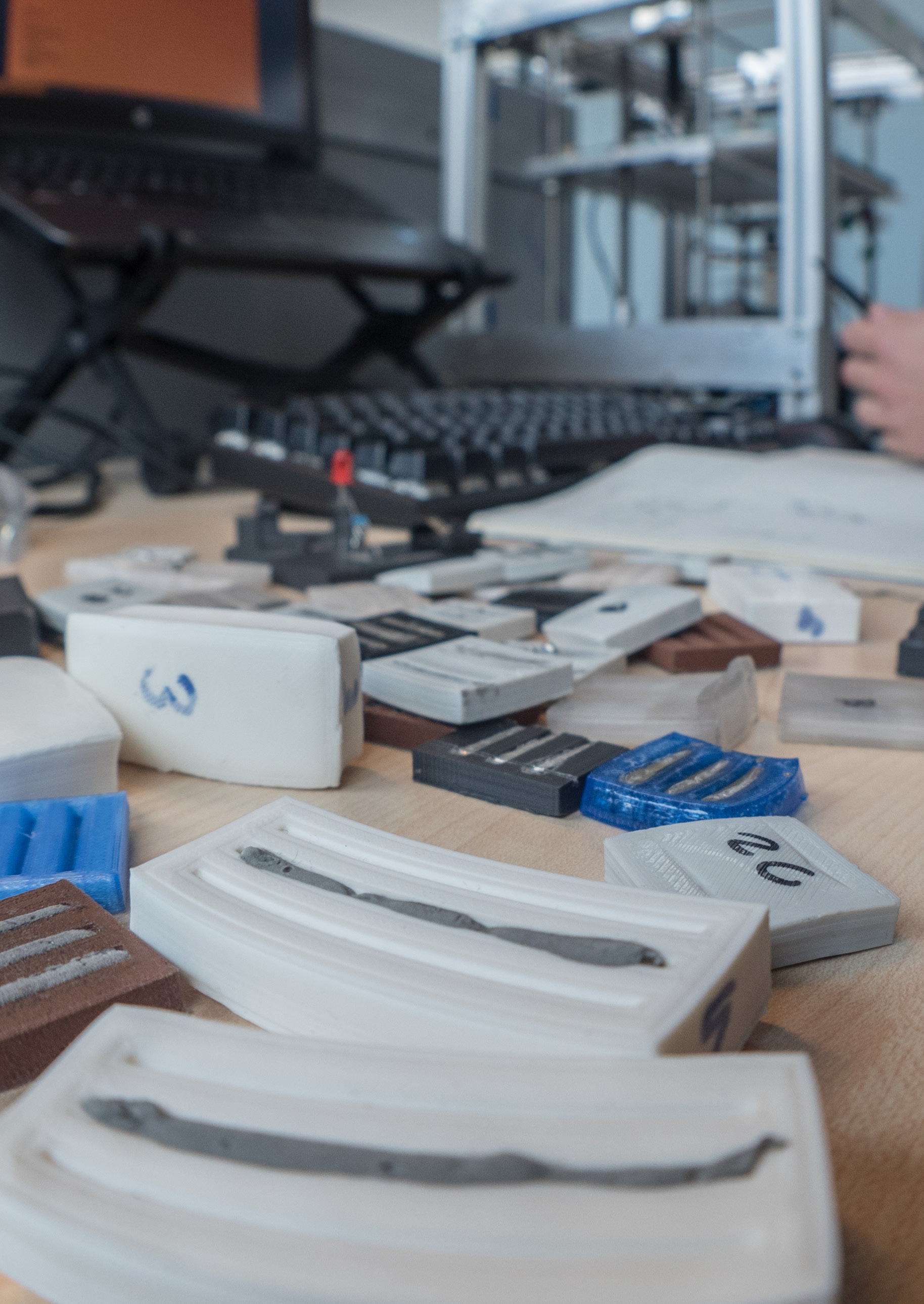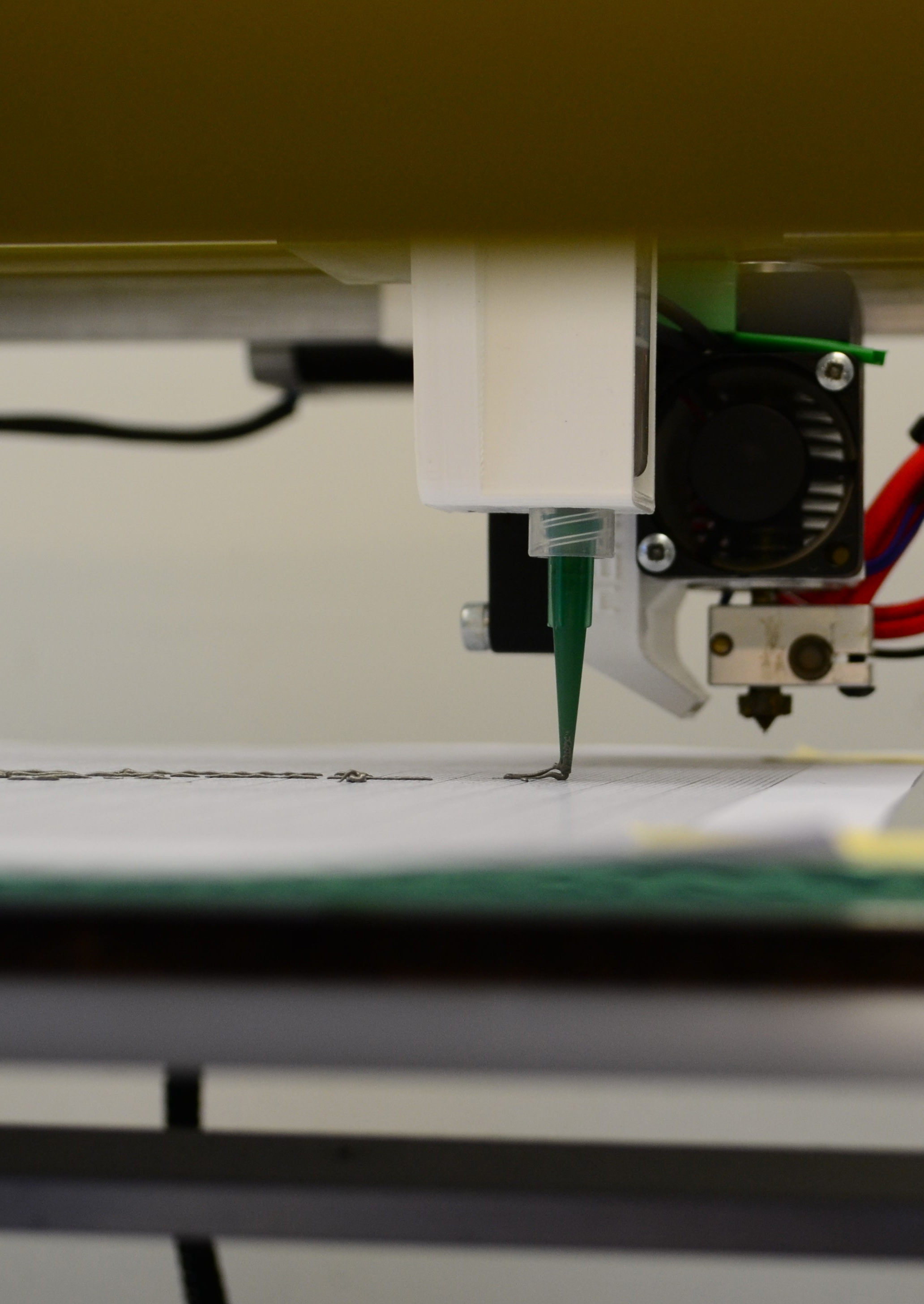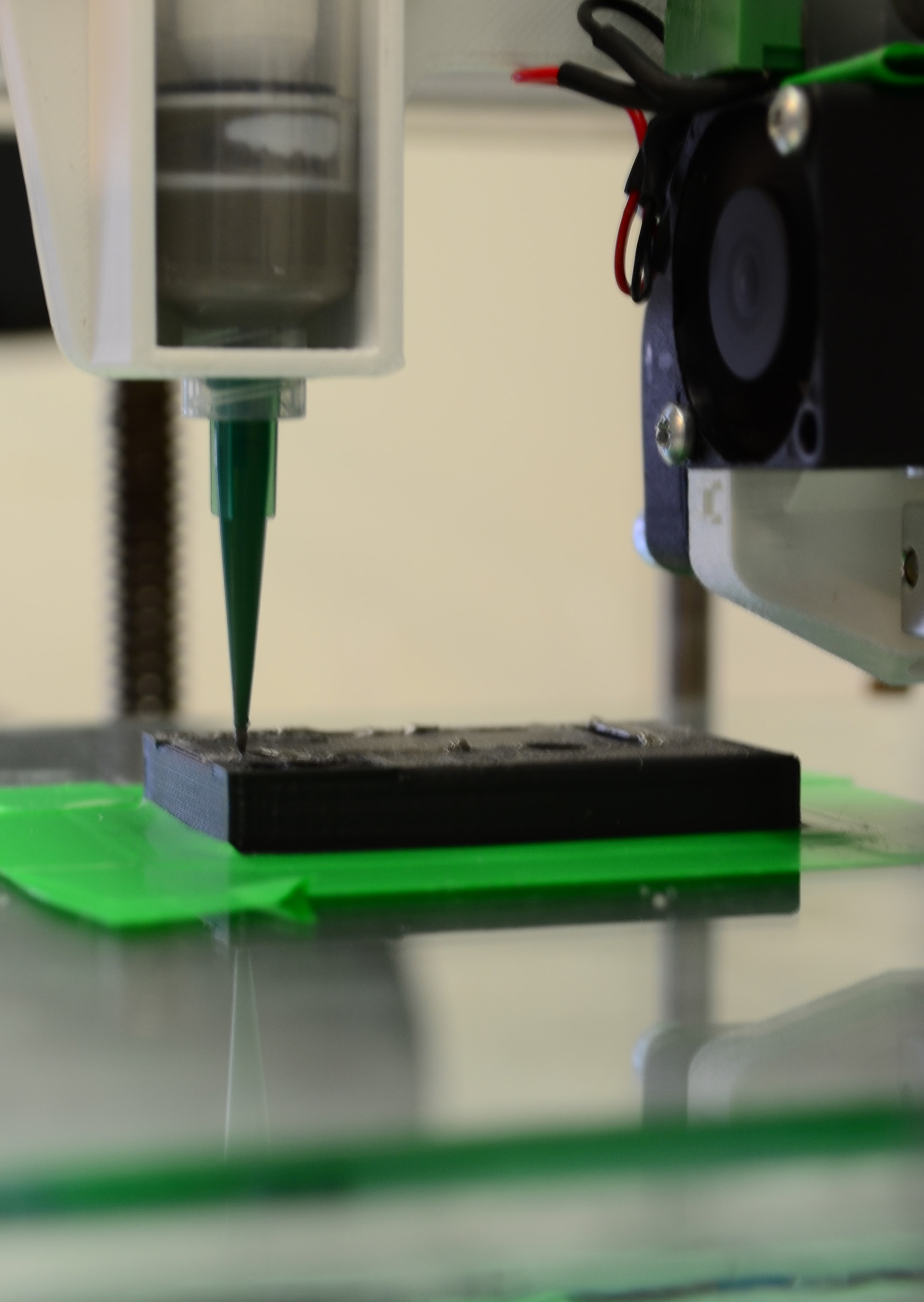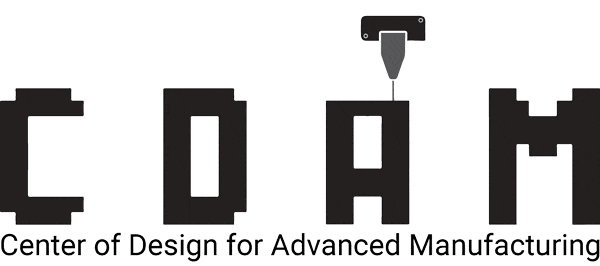3D printing integrated electronics
3D printing integrated electronics
Building a cost-effective, compact and simple 3D printer that can print electronics for technical integration of prototypes.
The focus of this project is cost-effectiveness and accessibility of 3D electrical printing. The goal is to create a next generation printer for designers who are experimenting, prototyping and testing their first concept ideas. Making the printing method more accessible gives more users and designers the tools to develop the concept further, which will boost the technology.
Milly Bon started the research of this project with her master thesis: "Building a cost-effective, compact and simple 3D printer that can print electronics for technical integration of prototypes." Her reserach was based on extruding solderpaste onto 3D prints ands curing the solder paste in a curing oven. Kasper Eekhout continued the research with his master thesis: “Test and prototype on-site curing of solder paste on a 3D printed substrate to enable the 3D printing of structural electronics in prototypes using an FDM 3D printer”. Kasper continued with refining the technique of 3d printing solder paste with the addition of on-site curing.
Research video Milly
Research Video Kasper
Materials
The goal is to print integrated electronics. To be able to do this, a conductive material needs to be extruded in a trace. There are several conductive materials, from pastes to conductive filaments. Based on performance, price and simplicity soldering paste was found to be the best solution for the project. Printing solder paste is a new technique which is researched and developed for this project.
Printing solder paste
Printing solder paste poses several challenges due to the material properties. Multiple ways of printing have been researched and tested. Due to the simplicity and price benefit of using a plunger system a plunger was used for the final concept.
First the thermoplastic filament is 3D printed. In the 3D print, traces are printed where the solder paste is deposited in.The trace is shaped so that it improves the reflow of the solder paste.
After extrusion soldering paste has to be cured to become a solid. At first this was achieved by putting the part in a reflow oven, Kaspers solution improved the reflow process by adding a heatgun to the solder dispenser.
Demonstrator
As an demonstrator Kasper created a computer mouse prototype, showing how solder paste traces can be used to connect hardware modules that are inserted into the 3D printed part. Integrated electronics is achieved by partly 3D printing the part, after which solder paste is extruded and cured. When the solder traces are cured the part is moved back into the 3D printer which prints over the solder traces and finishes the rest of the part.
Proof of concept
Further development of the product is still required however the prototype is able to successfully print integrated electronic circuits using soldering paste. The proof of concept has shown that a new technique of printing solder paste is feasible. The electric circuit is printed with solder paste that has a low resistivity. The working printed circuit creates a finished prototype. 3D printing electronics comes with challenges, however it gives the designer a lot of freedom in shape and design. 3D printing prototypes of structural electronics is promising. It is easy to use and affordable with sufficient quality to be used for prototypes.
However true 3D functionality has not been achieved since both methods still use separte machines for 3D printing and solder dispensing/curing.

